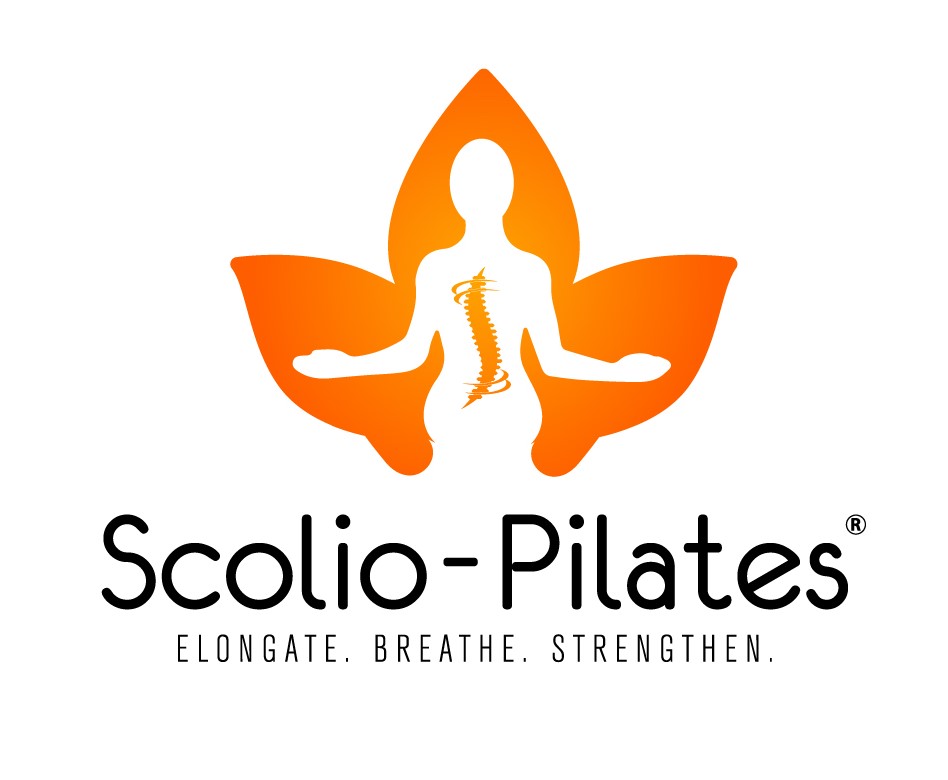Currently, in the United States, scoliosis is managed through:
- Observation,
- Bracing, and
- Surgery.
Let’s talk about observation. When I talk to parents of children with scoliosis or I talk to an adult with scoliosis, many are in the “observation” phase. They are waiting to see if the scoliosis gets worse (the degree increases) and then, with their doctor, they will decide if surgery is the next step.
The topic of observation came up again in a phone conversation I had just last week. A young woman called me asking for advice about working towards her teaching goals with scoliosis. We talked for about 45 minutes and one of the things she brought up was also this “observation” phase. Frustration abounds with this phase. Clients ask: “You mean we do nothing for scoliosis? We just wait to see if it gets worse?”

Waiting for your scoliosis curve to get worse? Pro-active patients with scoliosis usually choose a path that can help them gain back some control of the situation.
For anyone that is pro-active with their health, waiting to see if a condition gets worse can be deeply frustraing. Having a doctor tell us to wait to see if our condition gets worse is also not a common response from a doctor about a potential problem. So for the patient with scoliosis, observation just doesn’t feel right.
For example, if a patient is pre-diabetic, a doctor gives instructions on a better diet and exercise. They aren’t told, “Keep doing what you are doing and let’s see if this gets worse. Here, have another Coke.” If a patient’s cholesterol levels are borderline, if a patient’s shows borderline test results for many diseases… a doctor gives them advice on how to avoid that disease.
Patients are used to this type of pro-active, “disease avoidance advice” from doctors. So it’s frustrating, probably, because it’s out of the ordinary, when a doctor says about scoliosis, “Let’s wait and see what happens.” Why the difference in advice?
First, scoliosis is not classified as a disease. In addition, keep in mind that 80% of the time we don’t know what causes scoliosis. Therefore, how can you give advice to stop something when you don’t know what started it. And the things that we do know that cause scoliosis, neurological conditions and specific congenital conditions, for example, have no cure. Hence… we observe.
Here’s my question: Is it important to know the cause of scoliosis in order to help scoliosis? Not necessarily. There are situations that we don’t know the cause of and the result can still be changed. You have a problem with a heart valve? Well, we don’t know why, but we can fix that. You have a hearing issue? We don’t know why, but we can help you with that too.
Perhaps, just because I have a scoliosis that doesn’t need a brace or surgery, perhaps there is something that I can do in addition to observation. Perhaps three-dimensional exercise is worth a try. In the words of a parent of one my child clients: “What’s the worse that could happen? Her spine might get stronger?”
Yes, her spine, his spine, your spine… might get stronger. How could this help? I’m sure you already know, but here are some of my own thoughts:
- Reduce instability. You can reduce instability in the spine with increased strength. With increased strength you add stability to an unstable situation: scoliosis. The more unstable the spine becomes the more scoliosis has an opportunity to create change, or increase in curve. For example, after I had back surgery (not a scoliosis surgery) my scoliosis got worse. The instability allowed my curves to progress. Does this mean increased strength will always slow down scoliosis? No, remember that sometimes scoliosis does exactly what it wants to do regardless of our efforts.
- Pain reduction. Pain reduction is something we see with 95% of our clients. When you move a spine towards neutral, even if it can’t be maintained there, and then you add strengthening, we very, very often see reduction in pain. It’s a real gift to get your life back. So what if the curve isn’t reduced as long as I can do what I want?
- Better surgical outcomes. If you need to have surgery someday, you want to go into it with your strongest spine possible. A three-dimensional program will most likely reduce your pain before you have surgery and then because of your new-found strength, you will have an easier recovery if you do have surgery. Sometimes doctors are highly in favor of a pre-surgery exercise program. Why not make it three-dimensional program specifically designed for scoliosis? Get the most precise help you can get instead of a broad-brush strengthening program.
When I designed Scolio-Pilates, it was a process to help my own spine. Sitting in the corner of the couch allowing the pain to steal away hours of my life everyday was unacceptable. Creating Scolio-Pilates was my pro-active approach to caring for my own condition. Doing Scolio-Pilates keeps me from returning to the couch. A three-dimensional exercise program has been the answer for many who find themselves in the observation phase. Do some investigation and talk to your doctor. See if it will be right for you, or your clients and patients as well.



 (1 votes, average: 4.00 out of 5)
(1 votes, average: 4.00 out of 5)